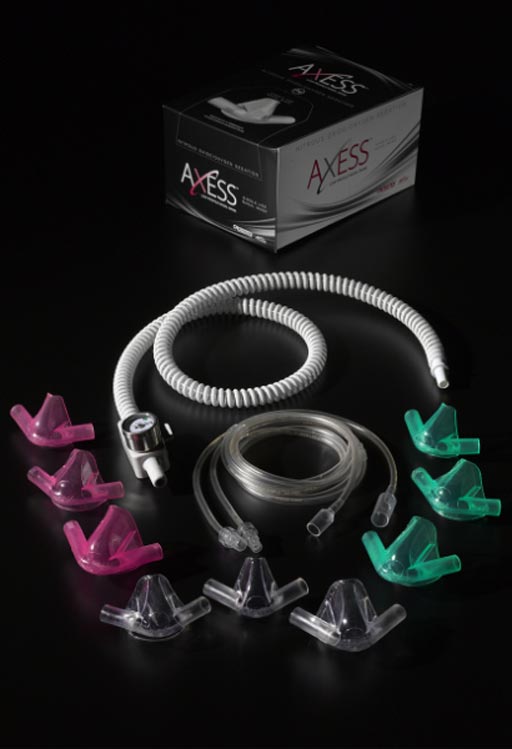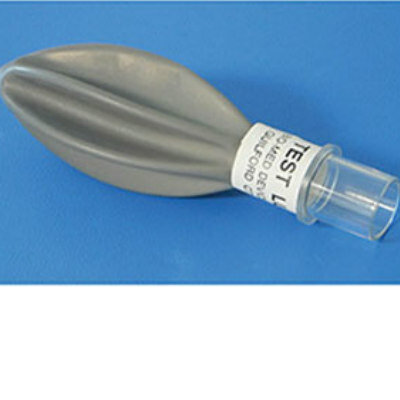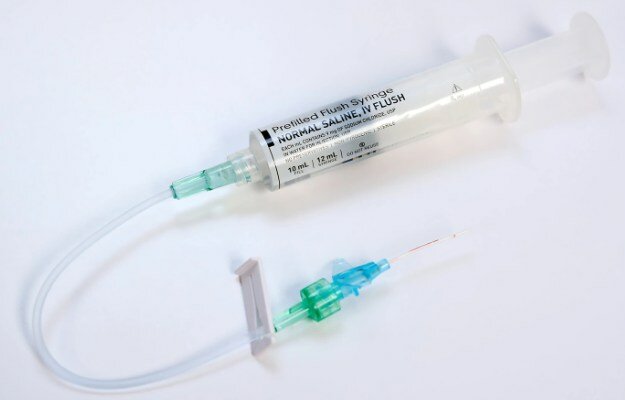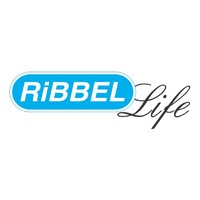Sedation Mask System Improves Clinical Efficiency
|
By HospiMedica International staff writers Posted on 10 May 2017 |

Image: Innovative nasal sedation masks offer increased patient comfort (Photo courtesy of Crosstex).
New nitrous oxide/oxygen (NO2/O2) sedation nasal masks are designed to improve patient comfort and clinician assurance.
The Crosstex International AXESS nasal masks are single-use, lightweight, and low profile, contoured to form fit around the mask perimeter. The tight nasal and facial seal minimizes ambient NO2 in the operatory and overall gas flow into the patient’s eyes, all without the use of insulation tape or uncomfortable cannula protruding into the patient’s nostril. The masks also offer visual assurance to the clinician, as fogging appears in the translucent mask when patients breathe through their nose.
The accompanying low profile scavenging circuit is constructed of slender, lightweight tubing, reducing drag that can lead to mask displacement. The circuit can be steam-sterilized and reused, offering a cost-effective and environmentally friendly scavenging solution. The combined mask and scavenging circuit provide patients with a comfortable experience, and clinicians with unobstructed access to the mouth. Neither the mask nor the scavenging circuit contains natural rubber or latex. AXESS masks are available in three sizes and in two scents (mint and bubblegum); a clear, unscented version is available for scent-sensitive patients.
“Patient safety has always been the cornerstone of the Crosstex mission. The growing emphasis on patient comfort and nitrous oxide/oxygen sedation correlates with an increase in positive patient experiences,” said Jackie Beltrani, vice president of global marketing for Crosstex International. “For dental professionals, that has the potential to mean more referrals and more opportunities to grow their practices.”
Sedation is typically used in minor surgical procedures such as endoscopy, vasectomy, or dentistry and for reconstructive surgery, some cosmetic surgeries, removal of wisdom teeth, or for high-anxiety patients. Sedation is also used extensively in the intensive care unit (ICU) so that patients who are being ventilated tolerate endotracheal tubes. It is also used during a long-term brain electroencephalogram (EEG) to help patients relax. Inhalation sedation is also sometimes referred to as relative analgesia.
The Crosstex International AXESS nasal masks are single-use, lightweight, and low profile, contoured to form fit around the mask perimeter. The tight nasal and facial seal minimizes ambient NO2 in the operatory and overall gas flow into the patient’s eyes, all without the use of insulation tape or uncomfortable cannula protruding into the patient’s nostril. The masks also offer visual assurance to the clinician, as fogging appears in the translucent mask when patients breathe through their nose.
The accompanying low profile scavenging circuit is constructed of slender, lightweight tubing, reducing drag that can lead to mask displacement. The circuit can be steam-sterilized and reused, offering a cost-effective and environmentally friendly scavenging solution. The combined mask and scavenging circuit provide patients with a comfortable experience, and clinicians with unobstructed access to the mouth. Neither the mask nor the scavenging circuit contains natural rubber or latex. AXESS masks are available in three sizes and in two scents (mint and bubblegum); a clear, unscented version is available for scent-sensitive patients.
“Patient safety has always been the cornerstone of the Crosstex mission. The growing emphasis on patient comfort and nitrous oxide/oxygen sedation correlates with an increase in positive patient experiences,” said Jackie Beltrani, vice president of global marketing for Crosstex International. “For dental professionals, that has the potential to mean more referrals and more opportunities to grow their practices.”
Sedation is typically used in minor surgical procedures such as endoscopy, vasectomy, or dentistry and for reconstructive surgery, some cosmetic surgeries, removal of wisdom teeth, or for high-anxiety patients. Sedation is also used extensively in the intensive care unit (ICU) so that patients who are being ventilated tolerate endotracheal tubes. It is also used during a long-term brain electroencephalogram (EEG) to help patients relax. Inhalation sedation is also sometimes referred to as relative analgesia.
Latest Critical Care News
- Pulse Oximeter Index Offers Non-Invasive Guides for Fluid Therapy
- Wearable Patch for Early Skin Cancer Detection to Reduce Unnecessary Biopsies
- 'Universal' Kidney to Match Any Blood Type
- Light-Based Technology to Measure Brain Blood Flow Could Diagnose Stroke and TBI
- AI Heart Attack Risk Assessment Tool Outperforms Existing Methods
- Smartphone Imaging System Enables Early Oral Cancer Detection
- Swallowable Pill-Sized Bioprinter Treats GI Tract Injuries

- Personalized Brain “Pacemakers” Could Help Patients with Hard-To-Treat Epilepsy
- Microscopic DNA Flower Robots to Enable Precision Medicine Delivery
- Origami Robots to Deliver Medicine Less Invasively and More Effectively
- Improved Cough-Detection Technology Aids Health Monitoring
- AI Identifies Children in ER Likely to Develop Sepsis Within 48 Hours
- New Radiofrequency Therapy Slows Glioblastoma Growth
- Battery-Free Wireless Multi-Sensing Platform Revolutionizes Pressure Injury Detection
- Multimodal AI to Revolutionize Cardiovascular Disease Diagnosis and Treatment
- AI System Reveals Hidden Diagnostic Patterns in Electronic Health Records
Channels
Surgical Techniques
view channel
Robotic Assistant Delivers Ultra-Precision Injections with Rapid Setup Times
Age-related macular degeneration (AMD) is a leading cause of blindness worldwide, affecting nearly 200 million people, a figure expected to rise to 280 million by 2040. Current treatment involves doctors... Read more
Minimally Invasive Endoscopic Surgery Improves Severe Stroke Outcomes
Intracerebral hemorrhage, a type of stroke caused by bleeding deep within the brain, remains one of the most challenging neurological emergencies to treat. Accounting for about 15% of all strokes, it carries... Read morePatient Care
view channel
Revolutionary Automatic IV-Line Flushing Device to Enhance Infusion Care
More than 80% of in-hospital patients receive intravenous (IV) therapy. Every dose of IV medicine delivered in a small volume (<250 mL) infusion bag should be followed by subsequent flushing to ensure... Read more
VR Training Tool Combats Contamination of Portable Medical Equipment
Healthcare-associated infections (HAIs) impact one in every 31 patients, cause nearly 100,000 deaths each year, and cost USD 28.4 billion in direct medical expenses. Notably, up to 75% of these infections... Read more
Portable Biosensor Platform to Reduce Hospital-Acquired Infections
Approximately 4 million patients in the European Union acquire healthcare-associated infections (HAIs) or nosocomial infections each year, with around 37,000 deaths directly resulting from these infections,... Read moreFirst-Of-Its-Kind Portable Germicidal Light Technology Disinfects High-Touch Clinical Surfaces in Seconds
Reducing healthcare-acquired infections (HAIs) remains a pressing issue within global healthcare systems. In the United States alone, 1.7 million patients contract HAIs annually, leading to approximately... Read moreHealth IT
view channel
Printable Molecule-Selective Nanoparticles Enable Mass Production of Wearable Biosensors
The future of medicine is likely to focus on the personalization of healthcare—understanding exactly what an individual requires and delivering the appropriate combination of nutrients, metabolites, and... Read moreBusiness
view channel
Philips and Masimo Partner to Advance Patient Monitoring Measurement Technologies
Royal Philips (Amsterdam, Netherlands) and Masimo (Irvine, California, USA) have renewed their multi-year strategic collaboration, combining Philips’ expertise in patient monitoring with Masimo’s noninvasive... Read more
B. Braun Acquires Digital Microsurgery Company True Digital Surgery
The high-end microsurgery market in neurosurgery, spine, and ENT is undergoing a significant transformation. Traditional analog microscopes are giving way to digital exoscopes, which provide improved visualization,... Read more
CMEF 2025 to Promote Holistic and High-Quality Development of Medical and Health Industry
The 92nd China International Medical Equipment Fair (CMEF 2025) Autumn Exhibition is scheduled to be held from September 26 to 29 at the China Import and Export Fair Complex (Canton Fair Complex) in Guangzhou.... Read more














